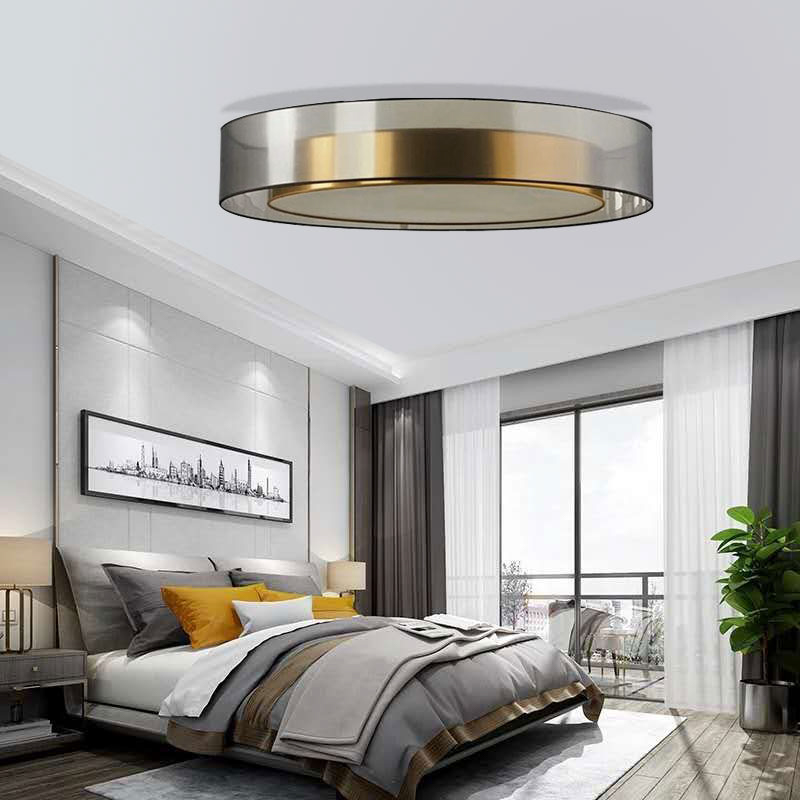Poul Henningsen was a Danish designer and architect who revolutionized the world of lighting. He is known for his innovative designs that challenged traditional ideas of how lighting should be used in our homes and workplaces. Henningsen often collaborated with the Danish lighting manufacturer Louis Poulsen, and together they created some of the most iconic lighting fixtures of the 20th century. In this article, we will explore the life, work, and legacy of Poul Henningsen, and how he transformed the world of lighting through his partnership with Louis Poulsen.
Early Life and Influences
Poul Henningsen was born in 1894 in Copenhagen, Denmark. His family was highly influential in the arts and culture scene of Denmark. Henningsen’s father was a writer, and his mother was a singer. Growing up in this environment exposed Henningsen to the world of art and creativity from a young age. He studied architecture at the Technical University of Denmark, but it was his interest in lighting that would later define his career.
Henningsen’s fascination with lighting was influenced by his observation of the harsh glare of electric bulbs that were commonly used in his time. He understood that lighting is not just about providing illumination but also about creating an ambiance that can enhance our mood and productivity. His interest in lighting led him to study the science of light and color, which would later be reflected in his designs.
The Collaboration with Louis Poulsen
In the 1920s, Henningsen began collaborating with Louis Poulsen, a Danish lighting manufacturer. This collaboration would change the course of lighting design forever. Together, they created the PH lamp, which was the first of many successful designs. The PH lamp was unique in its design, as it used layers of shades to diffuse the light and create a soft and warm glow. This eliminated the harsh glare of traditional electric bulbs and made the light more pleasant to the eyes.
Henningsen and Poulsen’s partnership continued for many years, and their designs became more complex and sophisticated. One of their most noteworthy designs was the Artichoke lamp, which was inspired by the beautiful shapes of the thistle flower. The Artichoke lamp consisted of 72 leaves arranged in multiple layers, which created an intricate pattern of light and shadow. This design was a masterpiece of engineering and craftsmanship and is still considered one of the most iconic lighting fixtures of the 20th century.
Innovative Design Principles
Henningsen was known for his innovative design principles that challenged traditional ideas of lighting. He believed that lighting should not just provide illumination but also create an ambiance that can enhance our mood and productivity. His designs were based on the principle of “form follows function,” which meant that the design of a lighting fixture should be based on its intended purpose. This led him to create lighting fixtures that were not only beautiful but also highly functional and efficient.
Another innovative design principle that Henningsen introduced was the use of shades to diffuse the light. He understood that the harsh glare of electric bulbs could be detrimental to our eyesight and overall health. His designs used multiple layers of shades to soften the light and create a warm and pleasant ambiance. This revolutionary idea changed the course of lighting design forever and has become a standard in modern lighting fixtures.





More Stories
Light Up Your Space with a Bedroom Floor Lamp
Shedding Light on Bedroom Decor: The Importance of Choosing the Right Ceiling Lamp
Illuminate Your Workspace with Task Wall Lights